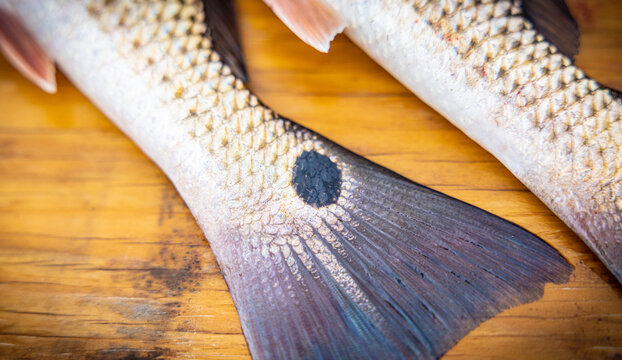Pearl Spot Fish: A Comprehensive Species Profile
The pearl spot fish, scientifically known as Etroplus suratensis, represents one of the most recognizable species in tropical and subtropical waters. This distinctive fish is characterized by its silvery body adorned with prominent dark spots that create a pearl-like appearance, hence its common name. Native to the Indian subcontinent, particularly abundant in Kerala's backwaters, the pearl spot has become an important species for both commercial fishing and aquaculture.
Pearl spot fish typically inhabit brackish water environments, thriving in estuaries, lagoons, and coastal areas where freshwater meets saltwater. Their adaptability to varying salinity levels makes them excellent indicators of ecosystem health. These fish exhibit omnivorous feeding behavior, consuming algae, small invertebrates, and organic detritus, which positions them as important components of aquatic food webs.
From a culinary perspective, pearl spot fish are highly prized for their delicate flavor and firm texture. In Kerala cuisine, they're often prepared as "karimeen pollichathu," a traditional dish that showcases the fish's natural taste. The species' economic importance extends beyond food, as they're increasingly popular in ornamental aquaculture due to their attractive appearance and relatively easy care requirements.




